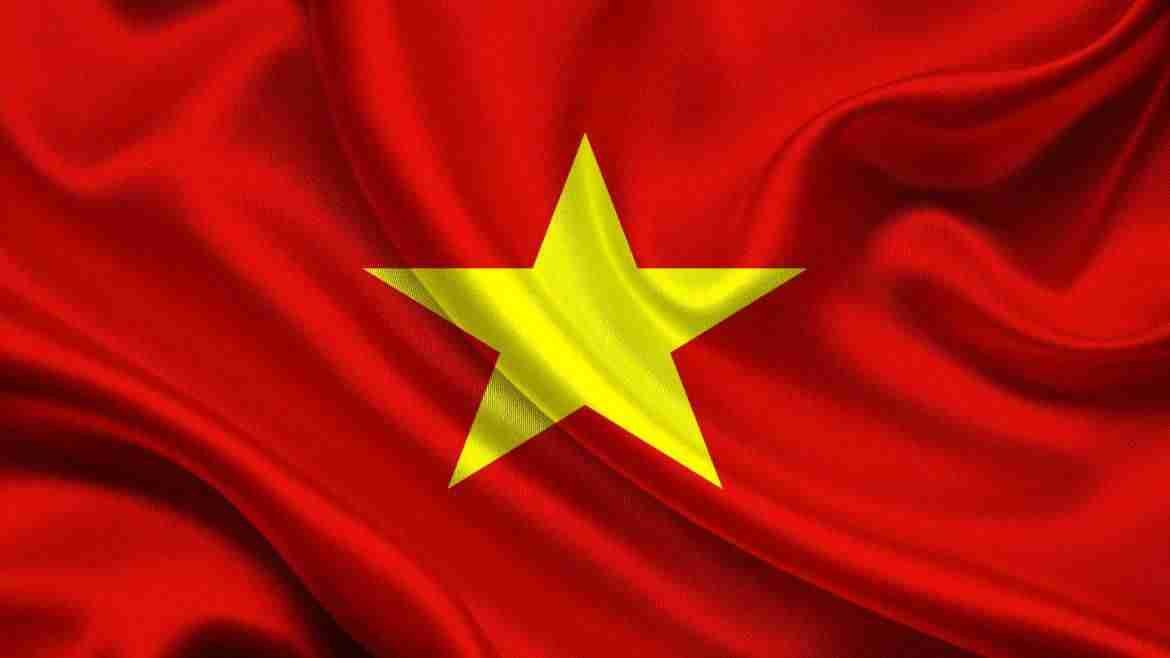The term Indo-Pacific was occasionally mentioned a decade ago but after the ICJ judgement on Scarborough Shoal in South China Sea was thrown to the winds by the People’s Republic of China (PRC), the term has gained traction. This incident was preceded by China’s aggressive reclamation of land to enlarge the shape of features in the South China Sea and also claim incorrect maritime rights. Worse, PRC claimed over 80% of SCS as its EEZ on the basis of its self created history of 9 dash line and expected ships to log their passage and movements through this area. PRC also declared Air Defence Identification Zone ( ADIZ) in the air space above SCS and expected all aircraft intending to overfly or transit, to take clearance or else get intercepted by its fighters and face harassment.
Commonly, Indo-Pacific is seen as maritime entity which involves confluence of two oceans (Indian Ocean and the Pacific). Geographically, it extends from east coast of Africa to west coast of USA, effectively what was under watch of the then Pacific Command of the US and now renamed Indo- Pacific Command by the US. If the geographical expanse be the defining factor, then littorals of Indo-Pacific are inclusive. But the problem of inclusivity of China divides opinion on Indo-Pacific amongst its stakeholders. ASEAN has not embraced the term and addresses it as Asia-Pacific as it has done since WW II. ASEAN has now spelt out its centrality in the Indo-Pacific, but dissociates itself from taking sides in the big power rivalry as this grouping does not wish to annoy PRC, given its proximity and economic dependence.
During the Presidency of Mr Obama a rebalancing of US Forces was announced wherein 60% of US assets were to be deployed in the Indo-Pacific to tame assertive posture of China in the SCS. However, with the change of guard at the White House, the appreciation seems to have undergone some changes. Though its pivot remains Asia, the US is increasingly looking inwards and has begun to withdraw from multilateral fora, though there is no let up on overall security posture. President Trump expects its allies and strategic partners to contribute larger share of security burden. It wants to increase the capability of its partners and allies, which is its larger agenda of business for America’s weapon industry. It is also aimed at its partners becoming part of larger security network to resist China’s assertive behaviour. In that sense, QUAD and JAI should be seen as two subsets of larger Indo-Pacific construct.
The QUAD, reflects the threads of three regional or middle powers, all democracies, in three distinct geographies within the larger Indo-Pacific. It points at Indian leadership in the IOR, Japanese leadership along with Indonesia, Philippines and possibly Vietnam in the South China Sea/ East Sea and Australia leadership along with New Zealand in the Pacific. The three are subsets of the Indo-Pacific and backed by the US’ interoperable military network. Effort of the US to negotiate SOFA(Status of Forces Act) with Sri Lanka should be seen as one link in the larger security architecture. While the QUAD is a formation of four resident powers in the Indo- Pacific, the subsequent inclusion in the growing of France, Indonesia and Vietnam could well transform the QUAD to SEPTA.
The model of JAI, ie, Japan, America and India has been articulated by the three Heads of Government in two successive G 20 summits. This combination has the economic and military might to ensure freedom of navigation, adherence to international laws and rule based order in the Indo-Pacific. With the possibility of inclusion of France, which has territories in the region, it could be yet another QUAD. Contrarily, India’s stand has been that in the rules based order of Indo Pacific, there should be no exclusions. Theoretically, China could participate if it abides by international laws meaning UNCLOS. In a sense it could negate claims of China in SCS.
India’s economic prosperity and security is intertwined with the entire region, which is why prime Minister Modi speaks of SAGAR—Security And Growth for All in the Region. To a maritime observer, Indo-Pacific does not seem to address security concerns of India in the Western Indian Ocean, where a majority of the world’s trouble spots reside and which is also the energy lifeline of the developing countries. The SAGAR concept on the other hand encompasses the entire region in which India’s Security concerns reside. It is probably time for India to deconflict the overarching concept of Indo-Pacific and shape SAGAR for the IOR. Two decades since Kargil, India’s focus should turn to oceans where future of prosperity reside.
Vice Admiral Shekhar Sinha, PVSM, AVSM, NM and Bar is the former Commander in Chief Western Naval Command & former Chief of Integrated Defence Staff. He is presently Chairman, Board of Trustees, India Foundation.


